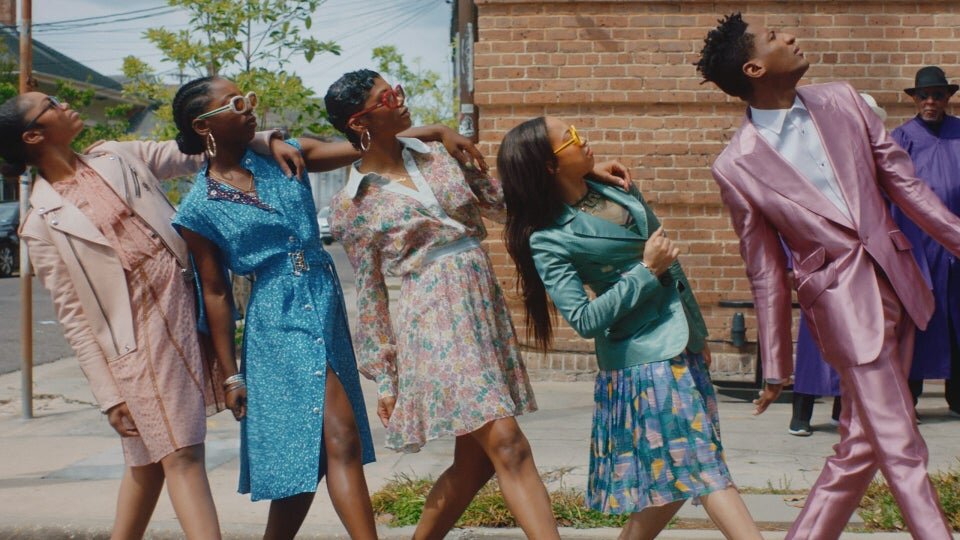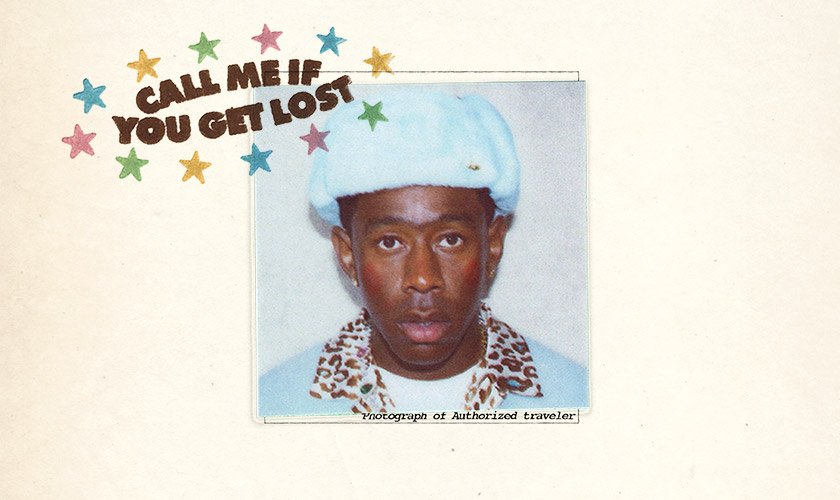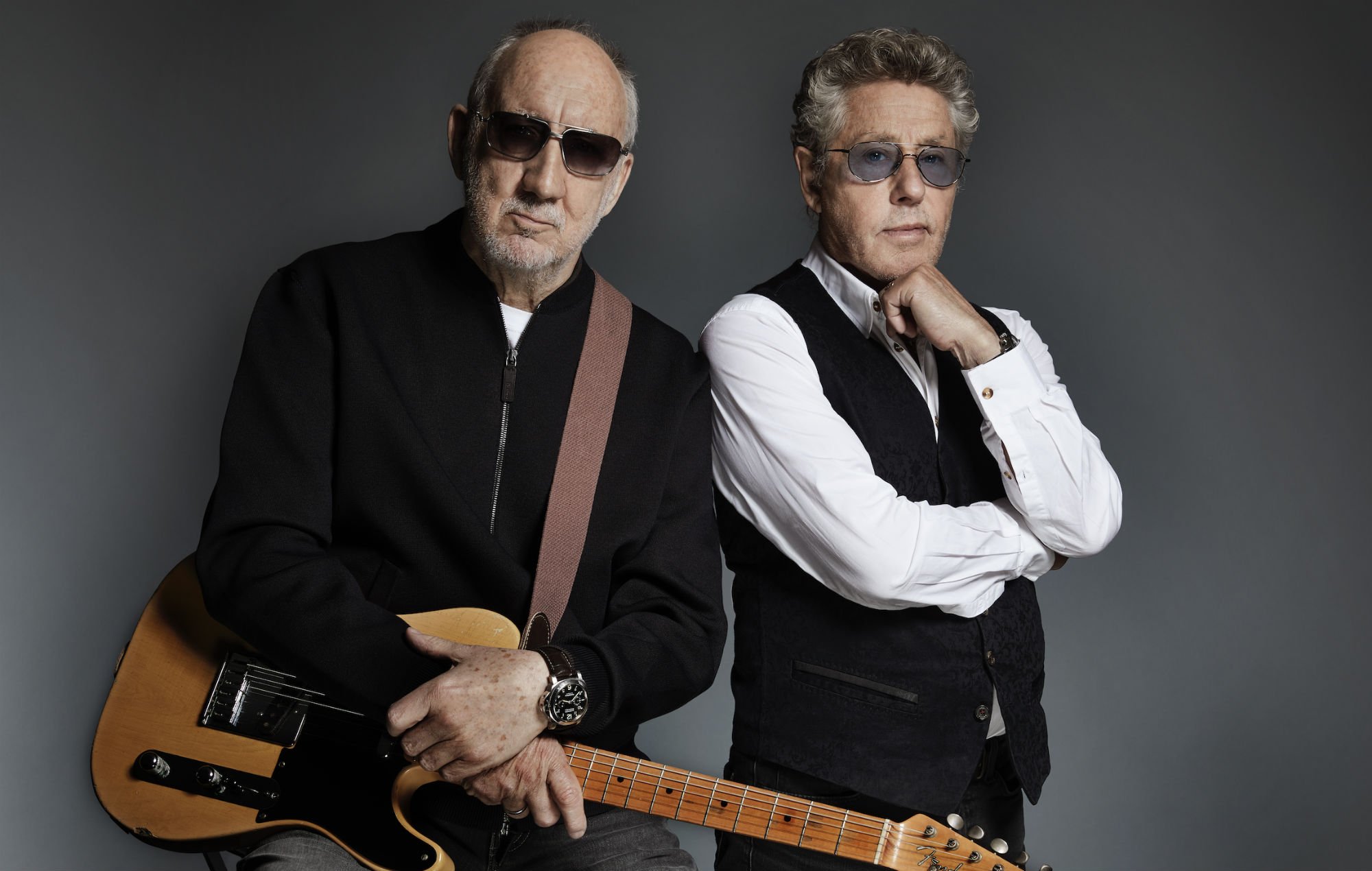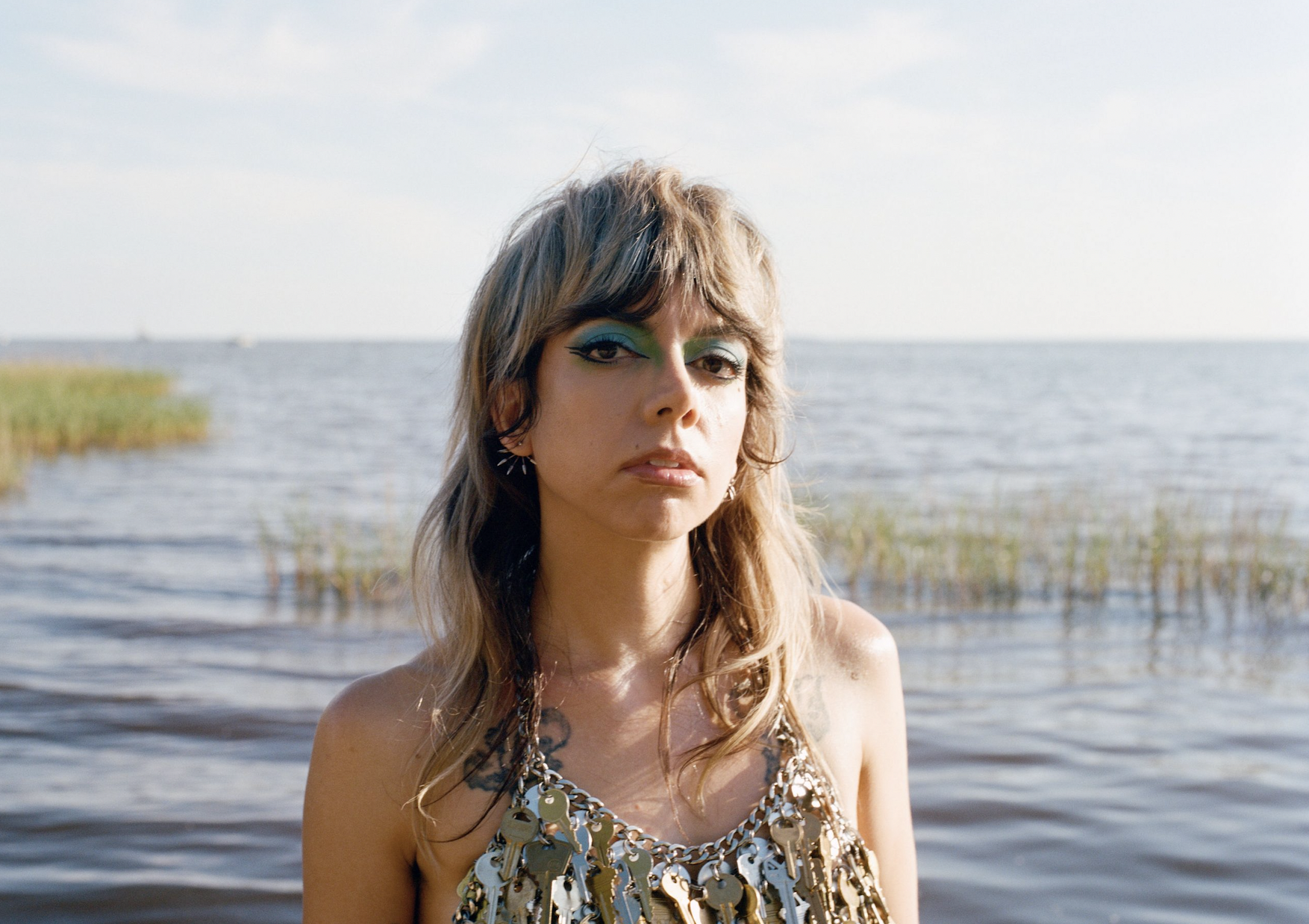The Bottom Lines on Jazz Fest 2022
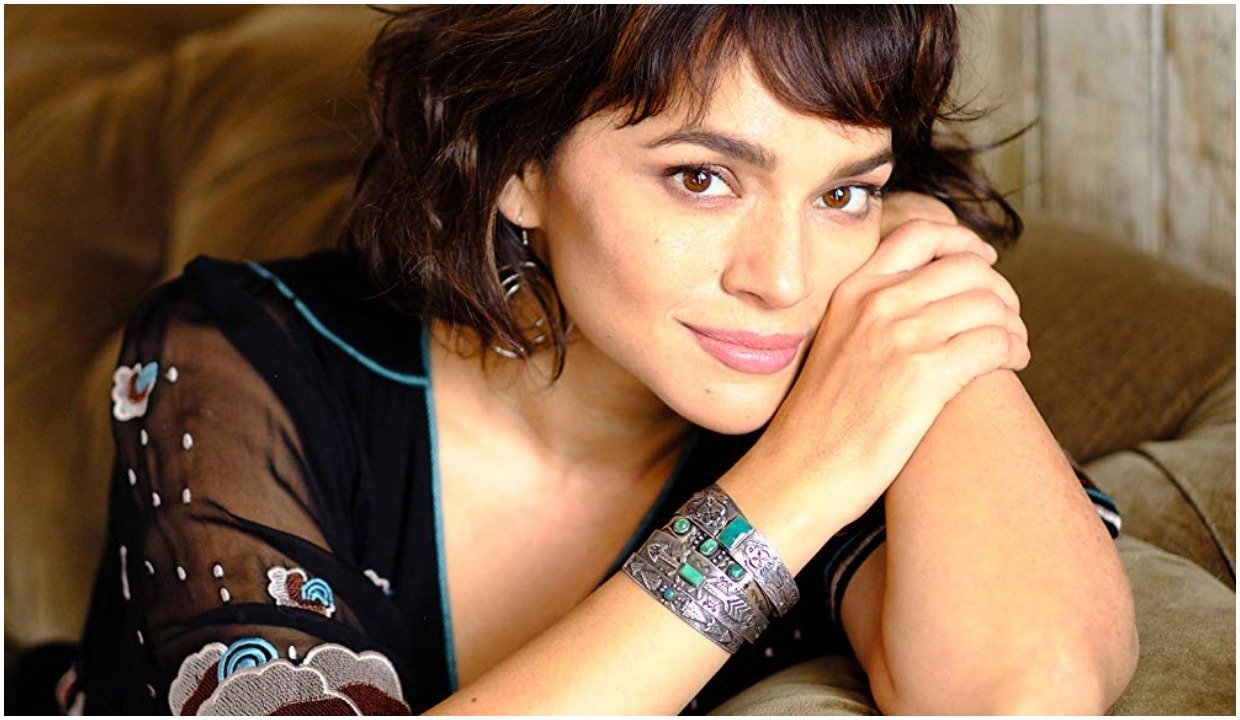
Norah Jones will play Jazz Fest 2022, but where?
A deep dive into this year’s Jazz Fest lineup to see what it tells about this year’s festival and perhaps festivals to come.
[Updated] Last week, I posted my first take on the 2022 Jazz Fest lineup, which is that it’s appealing more to the memory of good times at Jazz Fest in the past more than the great times these specific bands will deliver this year. In the past, festival producer has emphasized that the festival’s the draw more than the individual acts, and that’s certainly the case this year.
Here are some further notes on this year’s lineup:
1) On the weekend, Keith Spera quoted producer Quint Davis in The New Orleans Advocate as saying that he’s 200 percent certain that this year’s festival will happen. I buy that quote. He also said, “It’s as big of a seven-day festival as we’ve ever done,” and that is also true if we understand “big” to mean “important.”
Give people three years off from an event and they may not come back. Certainly not in the same numbers. Yearly pilgrimages to New Orleans and Jazz Fest will no longer feel like rituals, and three years of happily spending that money in other ways may make the annual return feel less necessary. And for baby boomers and aging Generation X’ers, every additional year brings an additional ache or malady that makes a weekend at the Fair Grounds a little harder.
Bottom line: Jazz Fest needs to run this year and plug the fans back into the experience and remind them again why it has been such a part of their lives. That’s why this year’s lineup makes a lot of sense. No obvious red flags, no obvious efforts at changing course, and few returning acts that have returned so many times that the luster is gone. The show may not be compelling, but it looks like fun.
2) If this year’s lineup seems a little conservative, it’s probably because that makes good business sense. The live music market has been volatile since the return of live music with far more no-shows at concerts than promoters are used to. I’m sure Davis has done some research and talked to people who can give him confidence that this year’s Jazz Fest will be able to run, but it’s not a guarantee that even the most exciting lineup would draw fans in the way that the festival is used to. Pandemic-related anxieties around public gatherings are real, and it looks like that uncertainty affected the booking.
There are few big ticket items on the talent lineup. After The Who, Stevie Nicks, Foo Fighters, and maybe Luke Combs, I don’t see many artists who command big paydays. They are the only arena acts on the lineup. The rest of the lineup normally plays theaters, casinos, or clubs.
3) Davis said in the past that prior to the AEG partnership, Jazz Fest had to prioritize its spending and couldn’t put big name acts on the Acura, Gentilly and Congo Square stages, and that AEG money made it possible to book each of those stages like mini-festivals. That is not the case this year. My quick breakdown of those stages goes something like this:
The Stage Formerly Known as Acura:
First Weekend: The Who, Foo Fighters, Randy Newman? (not sure there since he usually plays Gentilly)
Second Weekend: Stevie Nicks, Jimmy Buffett and the Coral Reefer Band, Luke Combs, The Black Crowes (before Trombone Shorty and Orleans Avenue’s closing set)
Gentilly:
First Weekend: The Avett Brothers, Jason Isbell and the 400 Unit, Death Cab for Cutie
Second Weekend: Willie Nelson & Family, Billy Strings, Elvis Costello & the Imposters, The Revivalists
Congo Square:
First Weekend: Lionel Richie, Nelly, Third World (Before CeeLo Green’s James Brown tribute? Hard for me to imagine, but the billing doesn’t lie)
Second Weekend: Erykah Badu, Ludacris, Ziggy Marley: Songs of Bob Marley, Kool & the Gang (who are billed much higher than Frankie Beverly and Maze. Since they play to the same audience, it seems like they’d be on the same day, but it’s hard to see long-time stage closers Maze playing in front of Kool and the Gang.)
That’s some spitballing based on past booking and where acts are on the poster, which is often negotiated and an indication of who will play ahead of who. You can see that The money spent on Gentilly and Congo Square likely doesn’t approach what’s being spent on the third stage.
4) The wild card is Jon Batiste. At the moment, the featured artist on the poster is missing from the lineup. Since he is nominated for 11 Grammys and made an album that is the commercial manifestation of Jazz Fest aesthetics in Freedom, it’s hard to imagine he doesn’t end up headlining a major stage. My guess—and it’s only a guess—is that something is in the works, maybe something that is tied to his gig on The Late Show with Stephen Colbert. It’s conceivable that a Friday headlining performance could be tied into the show.
Bottom line: it’s very hard to believe that Batiste will have something so locked in place that he can’t make it to Jazz Fest in a year when he’s being honored.
[Updated January 27: Keith Spera of The New Orleans Advocate reports that Batiste in fact will be on the poster but not the Fair Grounds because he will be in preparation for the debut of “American Symphony,” which will debut at Carnegie Hall during the second weekend of Jazz Fest.]
5) Normally, I have little patience for those who complain about the lack of jazz at Jazz Fest because if you factor in traditional jazz, brass bands and street parade music, there’s more jazz than any other genre. The gripe usually means there’s not enough contemporary jazz at the Fair Grounds, and this year it’s hard to disagree.
Of course, the actual number is the same—six acts a day for seven days—but the booking there is very local with little sense of adventure.
WWOZ Jazz Tent
First Weekend: Terence Blanchard featuring the E-Collective & Turtle Island Quartet, Gilberto Santa Rosa, The Legendary Count Basie Orchestra directed by Scotty Barnhart featuring Carmen Bradford
Second Weekend: David Sanborn, Nicholas Payton, John Boutté, Newport All-Stars Celebrate George Wein featuring Howard Alden, Randy Brecker, Anat Cohen, Jay Leonhart, Lewis Nash, Christian Sands, and Lew Tabackin
I look forward to Blanchard, Payton—both of whom deserve headlining slots—and Gilberto Santa Rosa’s salsa show, but fans of jazz from the last 30 years can rightly feel taken for granted by that lineup. In 2018 and 2019, Blanchard and Payton played the penultimate sets on the days that they played, so the festival appears to have shaved at least part of the salaries that they would have had to pay those who followed them.
Another wild card is Norah Jones, whose genre-crossing talent makes it hard to see exactly where she’ll be slotted. On February 28, she’s scheduled to play a jazz set with Christian McBride in New York City as part of a benefit, so she might be a Jazz Tent headliner. Her Wikipedia page says that Billboard named her the top jazz artist of the 2000s, which isn’t how I think of her, but that reinforces the possibility that she’ll be the biggest name in the Jazz Tent.
6) One difference this year is a very watered down international presence at Jazz Fest, one almost certainly due to the vagaries of international travel during COVID times. Most of the country-based spotlights appear to come with some cultural development money from the spotlight countries, and I’m sure that the negotiations for those acts and the accompanying money were simply too difficult right now.
That said, I look forward to the limited international fare on the lineup, most of which I assume is based on the North American continent. Tuareg guitarist Bombino from Niger killed when he last played Jazz Fest in 2014, and I like what I’ve heard from the Montreal-based Afro-Congolese Kizaba. One song by Las Cafeteras—a Spanish language band paying tribute to its Mexican heritage from Los Angeles—knocks me out; others I’m interested in but not as much. Still, I like what I’ve heard from each of them enough to check them all out.
Pro tip: If they’re playing the Blues Tent and the International Pavilion—assuming one exists—see both, and if you have to pick one, see the International Pavilion set. It’s more intimate, and the sound is almost always better there. I found out at that show what Mdou Moctar’s second guitarist was doing during the Blues Tent set—something I couldn’t figure out while it was going on because of its unforgiving sound.
7) As I’ve said, this year’s lineup isn’t sexy but it does look like fun. I’ll arrange my first weekend around seeing The Who, Avett Brothers, Jason Isbell and the 400 Unit, Death Cab for Cutie, CeeLo’s James Brown tribute, Tank and the Bangas, Terence Blanchard, Gilberto Santa Rosa, Lakou Mizik (of Haiti), Asleep at the Wheel, Mia X, Leyla McCalla, Boyfriend, Sweet Crude, Bombino (of Niger), Las Cafeteras, Son Rompe Pera (of Mexico), Dawn Richard, Kizaba, Trumpet Mafia, 79ers Gang Music Group, and Lulu and the Broadsides.
My second weekend will be shaped by efforts to see Stevie Nicks, Luke Combs, Erykah Badu, Rickie Lee Jones, Shovels & Rope, Big Freedia, Southside Johnny, Cimafunk, Hurray for the Riff Raff, Nicholas Payton, The Cowsills, Tribute to Lil Buck Sinegal, Seratones, Pell, and Bill Kirchen.
8) Finally, as a thought experiment, think about who the festival could book that would make sense and be a more exciting draw. Throw out the people who have been here before because the fifth or sixth return of Springsteen won’t generate the kind of excitement you’re looking for. Keep in mind that it has to make sense for the character of Jazz Fest, which has always leaned toward good singers and good players, usually with roots that can drawn—sometimes with dotted lines—to blues and jazz. They can’t be associated with elaborate stage productions since Jazz Fest—a daytime festival—offers them a flat deck to play on and not much more. It was genuinely newsworthy that The Rolling Stones were willing to play without their usual light show, and rumor has it that part of Paul McCartney’s reluctance to play Jazz Fest is tied to his preference to perform with his full light show. Beyoncé, Adele, Rihanna, and artists that play Vegas residencies can find easier ways to make money and present their art that don’t involve leaving their productions behind to play the infield of a horse track. Who do you book?
The top acts at the biggest stages are usually arena bands, or at least big theater bands. That means if they can play the Saenger or the Orpheum, they’re probably not big enough to headline. Or you need a few big arena acts in the mix.
9) Bottom line: Jazz Fests in the future will likely look a lot like this one unless something meaningful changes. As long as Jazz Fest wants to be a broadly popular festival that tries to present arena rock heroes from the ‘70s, ‘80s, and increasingly ‘90s in addition to jazz figures with a similarly broad appeal to add yearly distinction to the fairly stable base of local acts, it will face this situation. Some years will be more exciting than others as the right acts are available at the right time, but in general, lineups will look enjoyable but not distinctive.
The festival could tack a slightly different way, but direction changes come at a cost. A festival like Hardly Strictly in San Francisco started as a bluegrass festival and has broadened to include a number of this year’s Jazz Fest artists including Terence Blanchard with the E Collective and Turtle Island Quartet, the Soul Rebels with Ivan Neville, Seratones with Hurray for the Riff Raff’s Alynda Segarra (I hope we see that in New Orleans), Galactic, and Cedric Watson’s Bijou Creole, along with Steve Earle and the Dukes, Emmylou Harris, Marc Ribot’s Ceramic Dog, and Mavis Staples. In many ways, it’s Jazz Fest with the headliner tier of the talent sheared off. Would it draw as well? No. Would it draw well enough? Probably not as the festival and its infrastructure are currently configured.
The Jazz Fest machine could likely be retooled to remain economically viable with smaller gates, but it would cost jobs. A more niche festival would likely inspire return travelers who feel seen by the taste reflected in the booking, but it would likely lose many of the casual fans who pick a day to go based on which of their touring favorites are coming to town. If you’re a Jazz Fest regular, you see The Who in context of a day at the festival. If you’re not, their day is simply The Who’s tour stop in New Orleans, and instead of going to The Smoothie King Center to see them, you’re going to The Fair Grounds. The rest of the festival is just something to do while waiting for the show you came to see. My suspicion is that there are more of those people at Jazz Fest each day than we’d like to think.
It’s also useful to remember that Jazz Fest was created to bring in tourists, and it has been one of the two biggest jewels in New Orleans tourism’s crown. Is a city dependent on tourism ready to see what it can do with a smaller Jazz Fest? I’m not convinced that there’s anyone in City Hall or New Orleans’ business community who wants to see a better show at the cost of tourist dollars. Nor do people want to see a cut to the amount of money that goes to WWOZ or Mardi Gras Indians. That makes it hard to imagine a meaningfully different Jazz Fest that doesn’t come with a cost. Are we prepared to pay it?
Updated on January 27 at 5:50 a.m.
The story was updated to include information on why Jon Batiste will not be at Jazz Fest.
Creator of My Spilt Milk and its spin-off Christmas music website and podcast, TwelveSongsOfChristmas.com.


